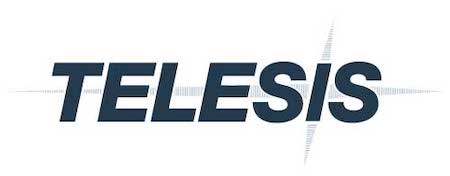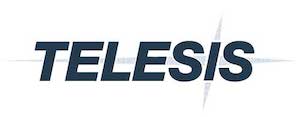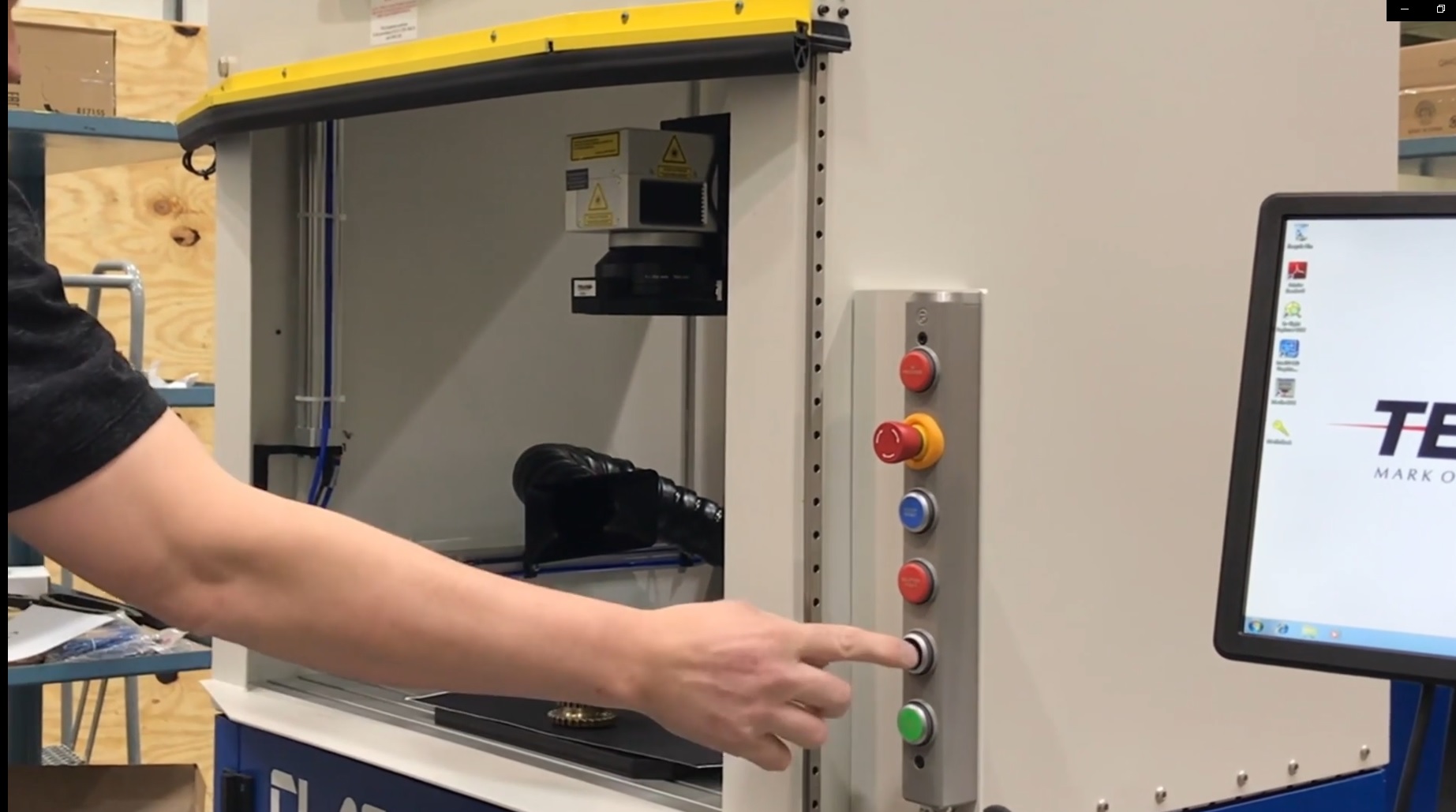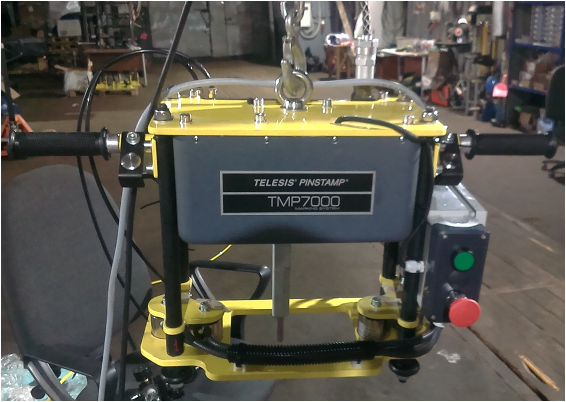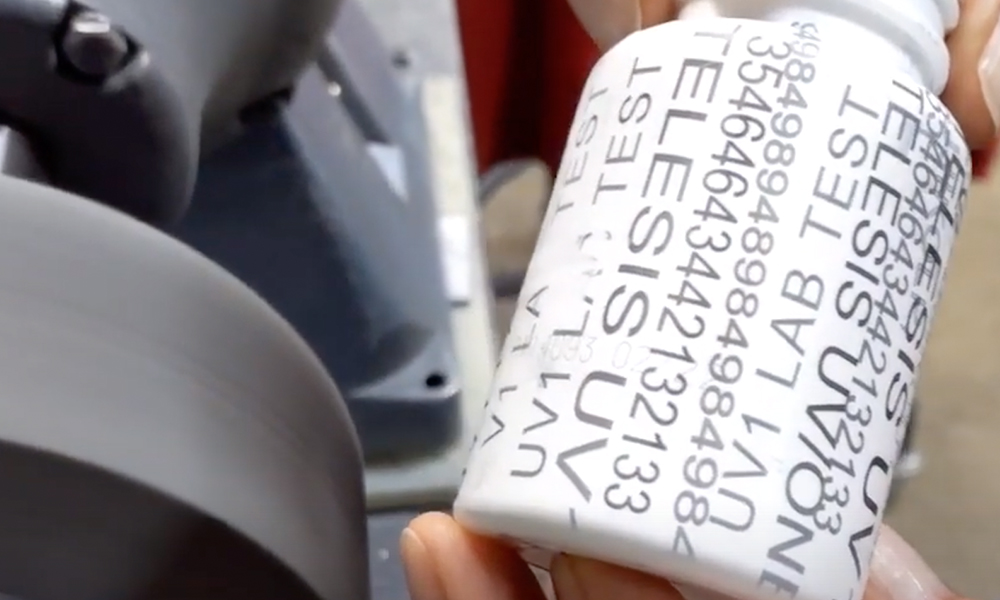
17 Dec 6 reasons you should switch from inkjet printing to laser marker engraving
You know that feeling at the grocery store when you can’t find the expiration date on the loaf of bread you’re about to purchase?
It may have been printed on the plastic wrap, but the ink was wiped away during shipping. Maybe it was printed on the plastic bakery tab that seals the bag, but the ink was smudged as the clerk put the loaf on the shelf. Or the ink got too hot…or too cold.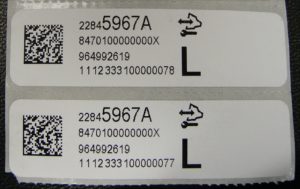
As consumers, we know that unreadable information on our food packaging is frustrating. And we all know that with bread, it’s no big deal. The worst that can happen is that we buy a loaf that goes moldy faster than we anticipated.
But now image not being able to read the instructions on your life-saving prescription medicine.
That’s something else entirely.
If ink is smeared or unreadable, it’s serious.
For some surfaces and in some applications, inkjet is the best option. On cloth or fiber, for example, inkjet printing makes sense.
And in the past, inkjet was a good (and sometimes only) choice for an array of similar surfaces.
But those days are over. The problem, as we see it, is that too many manufacturers today continue to use inkjet printing in situations where doing so is unwise, or worse: unsafe.
Laser marking is the best option today for marking pharmaceuticals, consumer-packaged goods, food labels, bakery tabs, and much more.
Here are a few of the reasons why:
1. Traceability Forever
Permanent laser marks are more easily read by scanners and cameras than ink. If there’s a problem with a product and a recall is needed, the laser mark is the most reliable way to trace an item.
2. Precision Exemplified
Marking a small surface with a laser is simple, but trying to use an inkjet on a tiny surface will lead to an unreadable, tiny smudge.
3. Less Expensive and Managed Costs
Consumables like ink cost money. Lasers, by contrast, incur no variable costs. Inkjets also have significant maintenance requirements. Heads get clogged. Ink builds up. That’s downtime that a manufacturer can’t afford. Daily maintenance is required. Lasers, on the other hand, are essentially maintenance free. Generally you need only to wipe down the lens and surrounding surfaces about once a month!
4. Reduced Environmental Risk
Ink is an environmental hazard. There are specific rules and regulations at federal, state, and local levels about how a manufacturer must dispose of it. Pouring ink down the sink is not an option. Why not eliminate waste entirely by using a laser?
5. Tamper Resistant Properties
The world is full of nefarious folks. When one of them sees a chance to make some money by altering or removing the expiration date on a product, they’ll do so. Or, they’ll print fake information on subpar counterfeit products. Inkjet marks are easy to change. Laser marks are truly indelible and nearly impossible to alter.
6. It’s Much Tougher
Laser marks can endure extreme environments. Inside the human body, 40,000 above the earth, in combustible engines, and in harsh natural elements, laser marks withstand environments where inkjet marks would simply disappear.
Discuss your part marking needs with an expert today // Download the Telesis Product Guide
